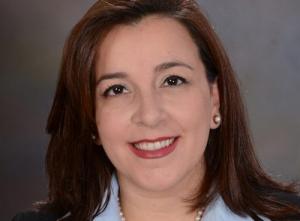Smart Investment in the Smart Grid, by Zolaikha Strong

Zolaikha Strong, director of energy policy & electrical markets at the Copper Development Association, previously at FERC and then EEI, writes what the current crisis informs us about the grid:
For years, experts have been touting the need for a smart grid for multiple reasons, focusing on addressing key areas such as efficiency, reliability, and load demand on the grid. Coronavirus has added one more to the list — automation.
The electric grid is considered an engineering marvel. Utilities have invested greatly to ensure that the interconnected network of transmission lines, substations, transformers and more that deliver electricity from the power plant to our homes and businesses runs efficiently without interruption.
Given this strenuous time, their efforts and investment keep us safely working and living while we maneuver through this pandemic. With hundreds of thousands of people working from home and hospitals working well past their usual limits, our grid has never seen this kind of disruption.
The result is more demand on line workers, many of whom must still manage the changes in energy flows and maintain infrastructure manually or be sequestered on-site. Instead of working from home, these essential employees are living at work.
In practice, this means staying quarantined on-site for thirty days until the next crew can rotate in. These workers have all volunteered to be sequestered, ensuring the lights stay on across the region. But it comes with a real cost. What these men and women are doing is selfless and inspiring, but would also be mostly unnecessary with increased investment in a smart grid.
Utilities have made investments to modernize and automate, but more needs to be done to continue to prepare for other strains on the grid. These investments will continue to ensure the health of the grid and can also be a financially savvy investment for the utilities.
That’s because some of the biggest investors in the world – BlackRock and Morgan Stanley among them — are impressed with how utilities are responding to COVID-19, and want the same effort put into climate change actions. Investors are willing to put their money where their mouth is by financing utilities that are prepared for every type of emergency, whether it be health or weather related.
From the inside out, from regulator to investor to utility, it’s critical we put quality and longevity at the heart of the new smart grid. Investing in upgrades is always an uphill battle, but it will pay off now, and for years to come. With quality enhancements, we can ensure America runs on a smart grid that is prepared for the next big shock, whether that’s in a month or a year or a decade.



